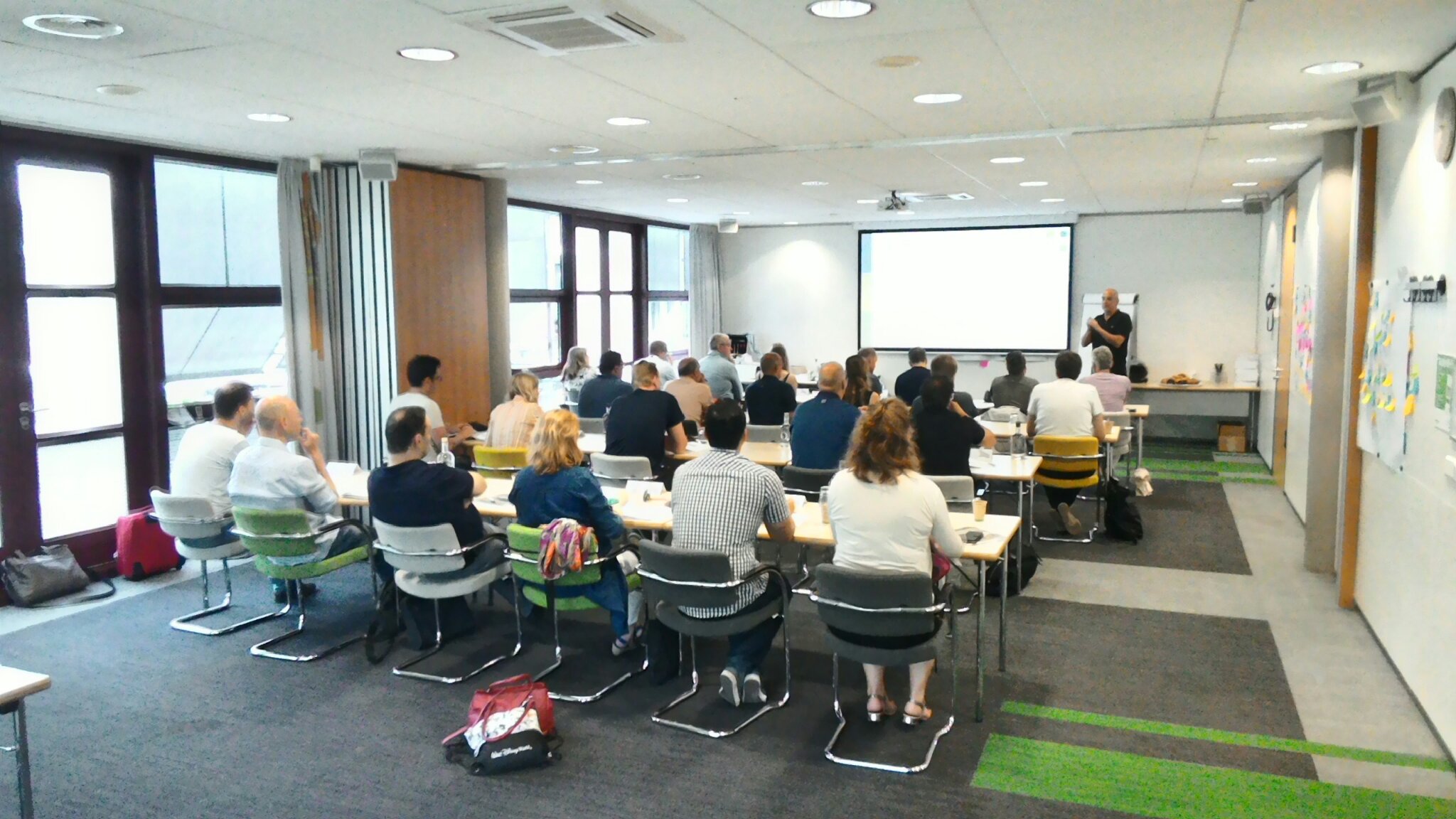Data Vault Ensemble Manifesto
We are uncovering better ways of modeling data by doing it and helping others do it.
Through this work we have come to value:
DVE Modeling Guidance
Data Vault and Ensemble Data Modeling Guidance. Current guidance on the Ensemble, Data Vault, Focal Point, and Anchor modeling methods.
DVE Modeling Standards
The Data Vault and Ensemble Modeling Standards. This is an evolving set of standards representing best practices consistent with the members of the DVEE.
New to Data Vault & Ensemble?
Data Vault and other Ensemble Modeling patterns (EMP) are data modeling approaches optimized for enterprise data integration, data historization, big data, streaming, and all situations requiring highly flexible data structures.
Key features of Ensemble modeling methods include: business focus (aligns with business concepts for models that are easy to read and communicate), agility (adapts quickly to new or changing data feeds or business rules), completeness (realistically allows all data to be loaded, integrated, aligned and reconciled), and auditability (allows for traceability from source to presentation).
These features make Data Vault and Ensemble modeling approaches the best choice for enterprise data warehousing, enterprise data integration initiatives, and analytical platforms.
For big data, streaming, cloud, virtual data warehousing, operational data warehousing, and blockchain deployments, the data models we design are logical data models. Ensemble Logical Modeling (ELM) provides the optimal logical modeling pattern for these platforms.

Looking for the latest guidance?
While the fundamentals of all Ensemble modeling patterns are stable, our understanding of how to apply these patterns is evolving. Through more and more experience working with these patterns, continued discussions, debates and analysis, our thinking is refined and more insight is gained. See here the latest guidance from the DVEE...



